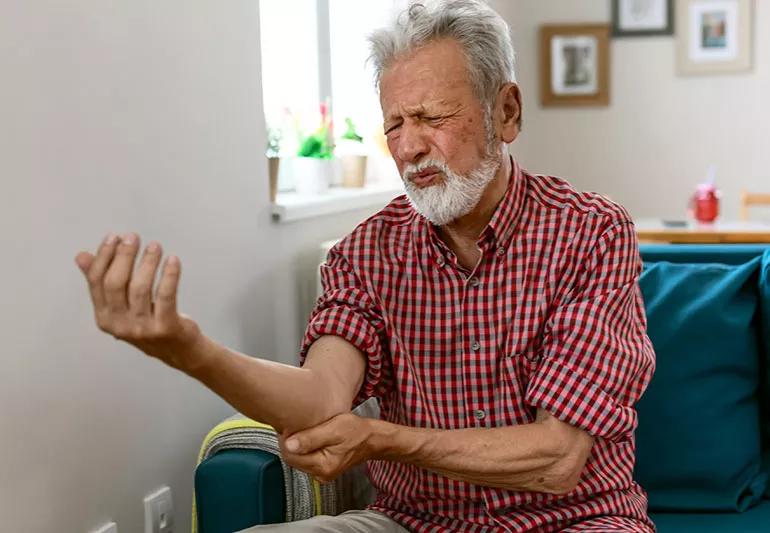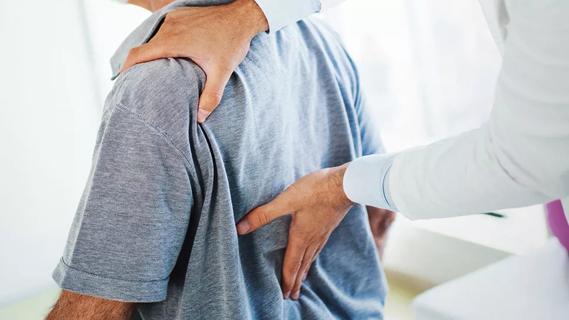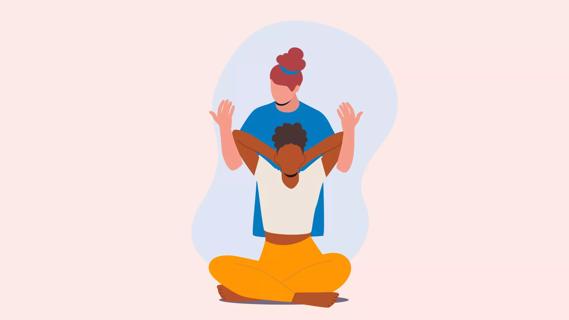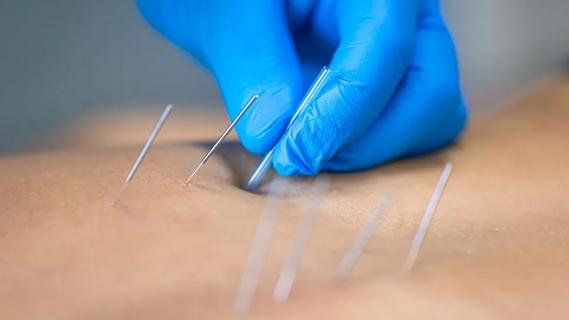Advertisement
Debunking common myths so you can live your fullest life

Many Americans downplay pain as an annoying part of getting older. However, chronic pain is a bona fide disease that is on the rise, says pain management expert Joseph Abdelmalak, MD. Chronic pain doesn’t just stop at physical pain — one study found that chronic pain has a severe detrimental effect on their social, work and family environment, too.
Advertisement
Cleveland Clinic is a non-profit academic medical center. Advertising on our site helps support our mission. We do not endorse non-Cleveland Clinic products or services. Policy
Chronic pain and its treatments are frequently misunderstood and steeped in myth. Dr. Abdelmalak debunks seven common myths about chronic pain and how you can live your life to its fullest.
While pain sometimes comes with age, there’s a difference between some nuisance pain from physical wear and tear and chronic pain. Chronic pain can be a result of an illness or injury and is also linked to back pain, cancer, arthritis, headache and nerve pain.
In a study that sampled young, middle-aged and older adults with chronic pain, those in the older age group (60 to 81 years old) reported pain that lasted longer and received pain treatment more often. They were, however, more satisfied with their material comforts and their social lives, therefore feeling more comfortable. The middle-aged group (40 to 59 years old) reported the most pain in their bodies and did not know where their pain was coming from. The younger age group (18 to 39 years old) reported more injuries but many weren’t receiving any chronic pain treatment at all.
Chronic pain isn’t just hyperfocused on one age group, it varies with age.
Never tough out your pain. From pet therapy to meditation to classic drug treatments, there is a treatment available for everyone. Ignoring your pain can have serious consequences, especially if you choose to self-medicate in unhealthy ways rather than see a healthcare professional.
“Your doctor will be able to guide you toward the best treatment for you so you can live your healthiest, pain-free life,” says Dr. Abdelmalak.
Exercise such as physical therapy can be key to successful rehabilitation. Light to moderate exercise can even help reduce stress and improve blood and oxygen flow to your muscles.
The benefits of exercise don’t just stop at the physical level — exercising is known to boost your mood and is considered a legitimate treatment for depression, which studies have found that people who suffer from chronic pain also suffer from anxiety and depression.
With so many different types of workouts available to us today, just about anyone can find something they love and will stick to. This goes a long way in boosting both your mental health and your physical health. Your doctor will be able to point you in the direction toward light to moderate exercises to start you off with.
“The incidence of narcotic addiction among chronic pain patients is about the same as in the general population,” says Dr. Abdelmalak.
The best way to safeguard against addiction? Your doctor will work with you to ensure that you receive the right dose for the right amount of time.
Heart attacks and other vascular problems occur in only a fraction of patients using these anti-inflammatory medications. COX-2 inhibitors are used when chronic pain is mild or moderate and work by blocking pain near the pain site, and the benefits may outweigh the risks for chronic pain patients.
Advertisement
Chronic pain cannot kill you, but it can have a profound effect on your quality of life. People who suffer from chronic pain are twice as likely to report suicidal behaviors or commit suicide. The constant struggle with chronic pain can be enough for some people to feel hopeless and unfortunately, contemplate suicide.
If you have suicidal thoughts, it’s imperative that you seek help from support groups, your doctor, family or friends. The free 988 Suicide & Crisis Lifeline is available to connect you with a local counselor 24/7 using text, chat or phone call.
“Certain severe situations may prompt suicidal feelings if pain seems unbearable,” says Dr. Abdelmalak. “It’s critical to seek help from a pain management professional before despair sets in.”
Our minds are very powerful. The psychological suffering that comes with physical pain can certainly make you more miserable and dwelling on the pain in your mind can serve to emphasize it.
“Keep in mind that managing, rather than curing, chronic pain is the goal of treatment,” says Dr. Abdelmalak. “Consult with your pain management expert about how you can live a full, productive life despite chronic pain.”
Advertisement
Learn more about our editorial process.
Advertisement

Exercising can actually improve arthritis symptoms — and low-impact exercises are best

It’s always a good idea to let a healthcare provider know about any back pain you’re experiencing, especially if it results from trauma or persists longer than three months

From physical and biofeedback therapy to nerve ablations and blocks, there are many nonsurgical options for managing back pain

Both can help reduce pain, but they’re very different in terms of origins, philosophies and practices

Use foot warmers and hand warmers, layer your clothing and avoid sharp shifts in temperature

As part of a larger treatment strategy, it can help decrease muscle tightness and reduce pain

Rest, physical therapy, acupuncture and nerve blocks are just a few ways to find relief

Get moving, use cold packs, and try yoga and stretches to ease back pain

Focus on your body’s metabolic set point by eating healthy foods, making exercise a part of your routine and reducing stress

PFAS chemicals may make life easier — but they aren’t always so easy on the human body

While there’s little risk in trying this hair care treatment, there isn’t much science to back up the claims